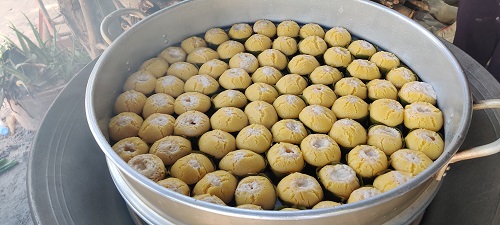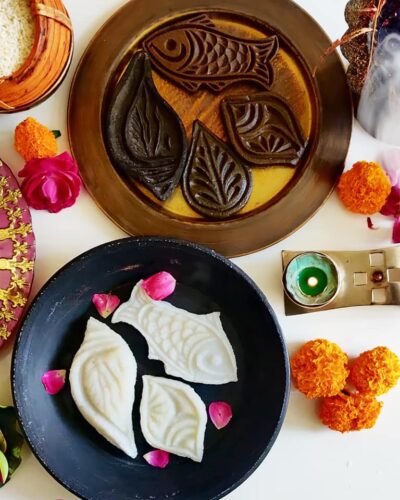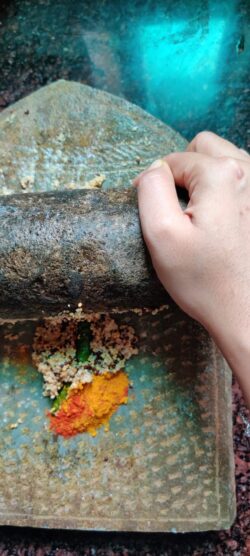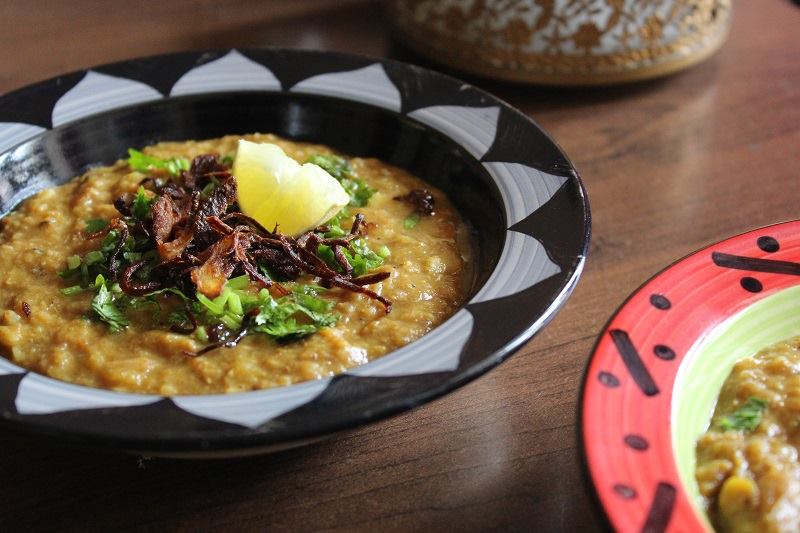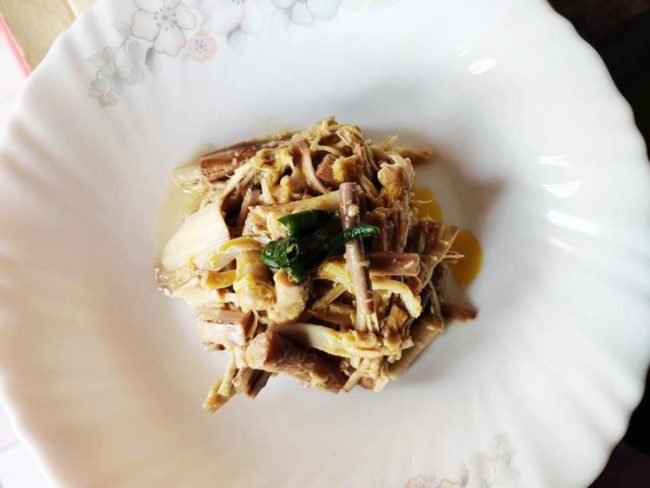
I have been in search of tender rattan shoots, known as ‘baet aga’ in Bengali and ‘betgaaj’ in Assamese, for a few years now. A rare vegetable that I last ate a few decades back, and have been unable to find since. The shoots are available for a short season, and only in the few districts in the upper course of Brahmaputra in Assam. The occurrence of which has been steadily declining in the urban markets in Assam.
My perseverance paid of this time in the forests of Nameri, when we landed their just at the right time, completely by chance. A search fulfilled by a stroke of fate. While on the forest walk, I could see the green creepers, sprouting the thin tender shoots, that come out after the monsoons recede and the as the winters start setting in.
The dense, bright green tropical forests of Assam, right upto Laos yields a lot of treasures that find their way into the homes, economy and diet. Rattan or cane, as it is commonly called, a variety of creeper palm, is one such forest produce.
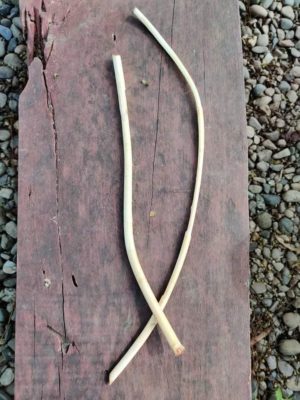
Rattan and items made from it has been closed connected to the life in Assam for yore, though we do not have any literary evidences of how old is the use of rattan in the Assamese life. The earliest written evidence that we find is from the 7th century A.D. Harshacharita which gives an account of rattan stools, mats and basketss from the court of King Bhaskara Varman. Ptolemy, also states that to the east of Serica, which has been identified with Assam, there were hills and marshes where canes were grown and used as bridges.
While the high quality furniture and home utility items made with rattan is very well known, a relatively lesser known aspect of rattan is the use of the mildly bitter and tender shoots as diet. The outer green cover is peeled of and the inner soft core is eaten.
Coming back to my search of baet aga or rattan shoots. As luck would have it, we couldn’t bring back any from Nameri as one can’t bring out forest produce from reserved forests at one’s whim. Even at the weekly haat in Balipara we couldn’t get any, as the local communities have very limited access to the forest produces, and venture out even less during harvest and threshing season. Just another example of how local diets are being adversely affected by unfriendly laws.
Tenacious, as I can be in my search of indigenous ingredients, I spotted some in the biodiversity park that has been nurtured inside the Wild Mahaseer by the Balipara Foundation. When I shared with the boys in the Foundation office that I had been looking for baet aga/betgaaj for years now, they readily went into the park, and got us a handful of baet aga, fresh off the plant. What also came with is was an interesting discussion about how the Mising community in the villages eat it – roasted, boiled and mashed, scrambled with duck eggs, and in stews.
I made it how I remember Didubhai doing it – peeled, boiled and mashed with salt, green chillies and mustard oil. To be had as first course with piping hot steamed, white rice.
A perfect end to a long search.



